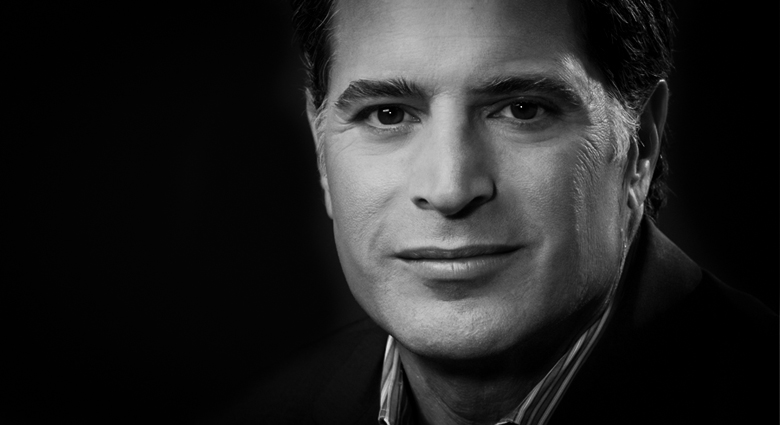Henry Ford put it simply: "If all you ever do is all you've ever done, then all you'll ever get is all you ever got." It's hard to put it any better: These two bits of timeless wisdom capture the spirit of the times in which we work, compete, and lead.
We are living through the age of disruption. You can't do big things if you're content with doing things a little better than everyone else or a little differently than how you did them before. In an era of hyper-competition and non-stop reinvention, the only way to stand out from the crowd is to stand for something special. Today, the most successful organizations don't just out-compete their rivals. They redefine the terms of competition by embracing one-of-a-kind ideas in a world filled with me-too thinking.
Albert Einstein put it brilliantly: "Problems cannot be solved at the same level of awareness that created them."
It’s not easy to do—which is why so few organizations ever truly break from the pack and deliver outsized results. Here are four of those principles — simple rules for transforming your company, shaking up your industry, and challenging yourself.
RULE #1 What you see shapes how you change.
Or, to use a term that's become popular in creativity circles, the best leaders demonstrate a capacity for vuja dé. We've all experienced déjà vu — looking at an unfamiliar situation and feeling like you've seen it before. Vuja dé is the flip side of that: looking at a familiar situation (an industry you've worked in for decades, products you've worked on for years) as if you've never seen it before, and, with that fresh perspective, developing a distinctive point of view on the future.
RULE #2 Where you look shapes what you see.
The most creative leaders I've met don't aspire to learn from the "best in class" in their industry — especially when best in class isn't all that great. Instead, they aspire to learn from innovators far outside their industry as a way to shake things up and leapfrog the competition. Ideas that are routine in one industry can be revolutionary when they migrate to another industry, especially when those ideas challenge the prevailing assumptions that define so many industries.
RULE #3 There's nothing wrong with your organization that can't be fixed by what's right with your organization.
There's a difference between making change and breaking with the past. For even the most determined change agents, history and tradition can be unrivaled sources of strength — as the foundation for an enduring sense of purpose that newcomers can't begin to copy; as a reservoir of professional wisdom that gets more valuable as times get more volatile; as an engine of expertise that competitors can't hope to match; as a reminder of founding principles that never go out of style, regardless of how styles change.
RULE #4 Success is not just about thinking differently from the competition.
It is also about caring more than the competition. In his inspiring book Rules of Thumb, my friend and Fast Company cofounder Alan Webber identifies two questions that demand the attention of leaders. The first is familiar: What keeps you up at night? What are the problems that nag at you? The second is less familiar, but even more important: What gets you up in the morning? What keeps you and your people more committed than ever, more engaged than ever, more excited than ever, particularly as the environment around you gets tougher and more demanding than ever?
That's a question every organization needs to ask and answer if it hopes to prosper in an era of hyper-competition and nonstop dislocation. For leaders, the pressing question isn't just what separates you from the competition in the marketplace. It's also what holds you together in the workplace.
There's nothing quite as exhilarating as watching a young organization reshape its field — a blank-sheet-of-paper startup that transforms an industry, a challenger brand that redefines a market.
Alas, there's nothing quite as common as watching an established organization — a company that reached great heights in one era of technology, markets, and culture — struggle to regain its stature as a force for leadership in a new era.
The work of deep-seated, sustainable change remains the hardest work there is. But that’s the work we’ve all signed up for, that’s what it means to be a leader today. I hope these simple principles will help you do that work.





.png)
%20(1).png)

.jpg)

What Did You Think?